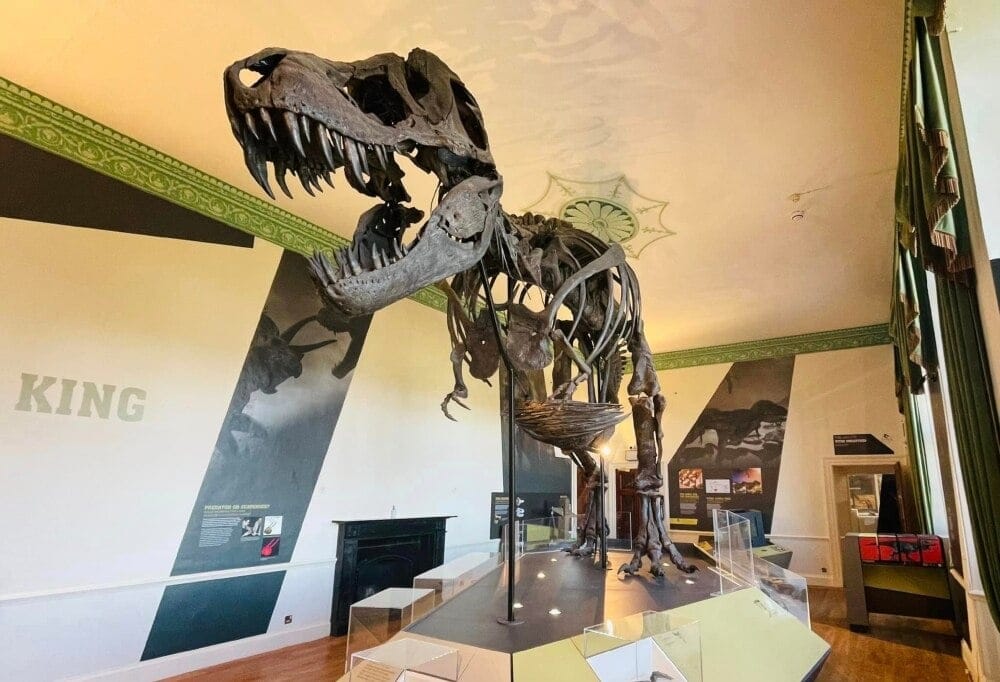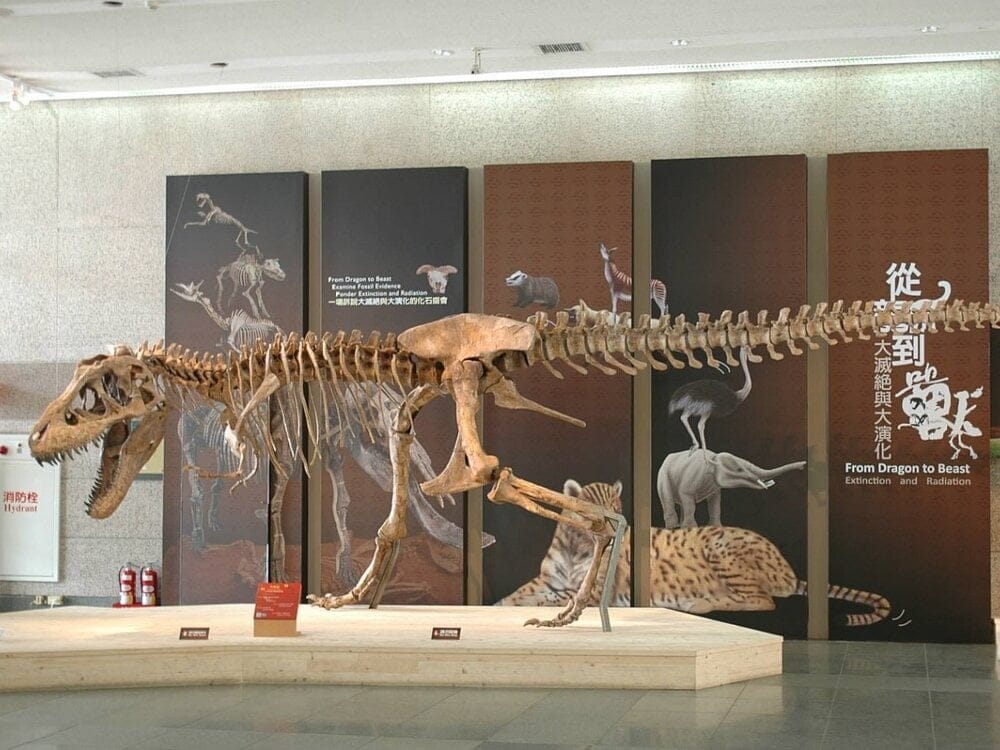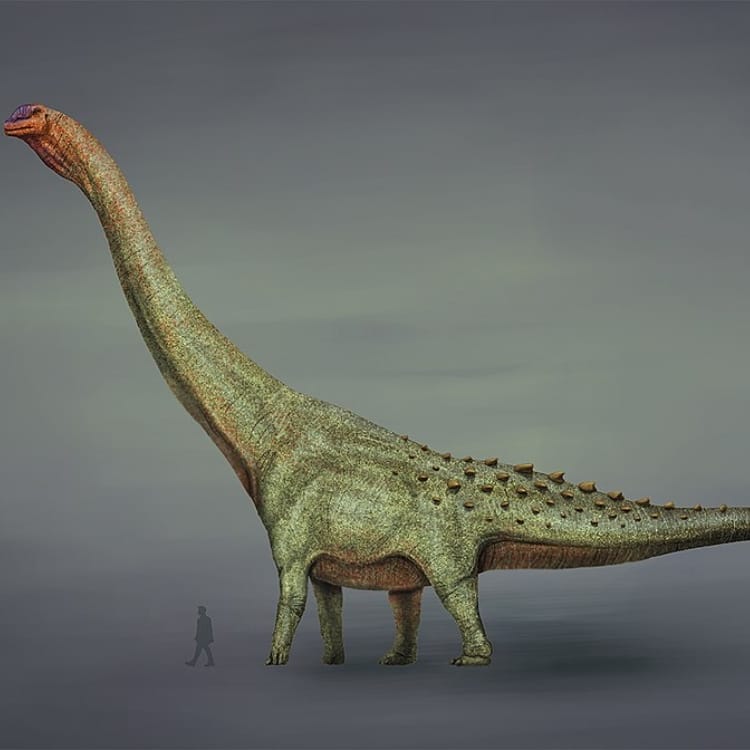A Rare Discovery: Scientists Find First Intact Dinosaur Egg
In a surprising reveal, a specimen considered a mineral for over a century has been recognized as a dinosaur egg. It could very well be the first one to have ever been discovered, even before humanity knew of the animal’s existence millions of years ago.
Let’s get cracking on how this fantastic discovery came about almost 140 years after being added to the museum’s priceless mineralogy collection.
The Origin of the Precious Mineral
Charles Frazer found a perfectly shaped spherical agate specimen with a beautifully banded white and light pink interior in central India during the first half of the 19th century. The discovery timeline is crucial as it was likely collected at least 80 years before the word ‘dinosaur’ was made official in 1923.

Source: Facebook
In 1883, given its aesthetically pleasing appearance, the agate was brought to a museum in London and added to the mineralogy collection.
Connecting the Dots and Recognizing the Mineral's Real Value
The agate spent over a century in the museum as a mineral of little significance. However, its status changed in 2018 when Robin Hansen, a mineral curator, selected the specimen to be displayed in the Museum’s Membership Rooms.

Source: Wikimedia Commons
A few months later, at a mineral show in France, she was shocked to find it had an uncanny resemblance to a prehistoric fossil. Excited about the prospect of her hunch being true, she visited the dinosaur experts at the museum.
The Specimen is Recognized as a Titanosaur Egg
After a thorough inspection, Dr. Susannah Maidment and Prof Paul Berrett determined it’s the same size, shape, and texture as a dinosaur egg. The density of the agate prohibited them from getting a peek into its finer details.

Source: Wikimedia Commons
The location of the find and the way there seem to have been two larger eggs attached to this one proves it to be a Titanosaur egg dating back to at least 67 million years ago.
The Largest Living Land Animals Came From Small Eggs
Titanosaurs are spectacularly massive animals that grow up to 37 meters long and weigh around 57 tonnes. Interestingly, these gigantic creatures hatch out of small eggs laid by dinosaurs.

Source: Wikimedia Commons
Their reproductive strategy was to lay 30 to 40 small eggs in a cluster, similar to those of sea turtles, rather than have a single baby after a prolonged pregnancy like Blue Whales. This way, they didn’t have to spend much time on parental care.
